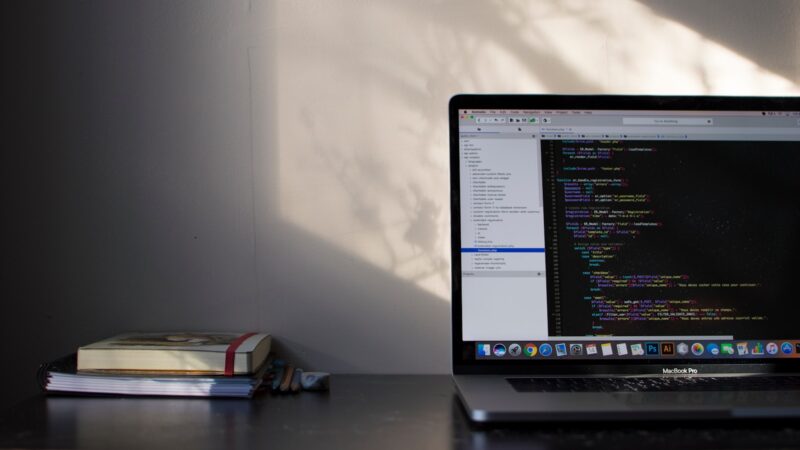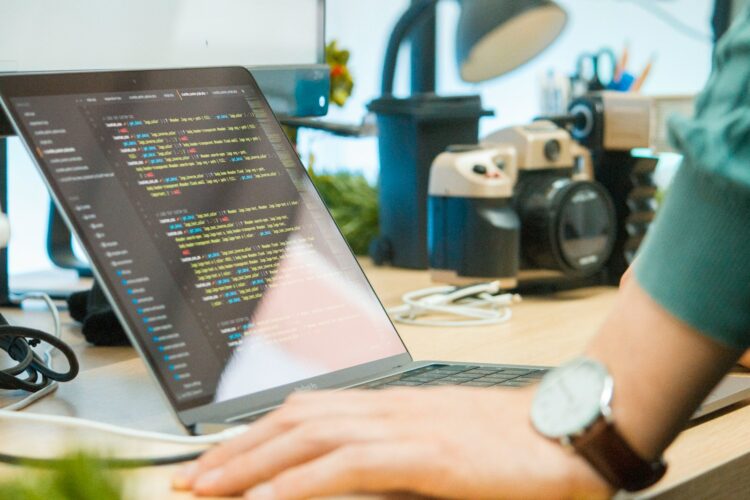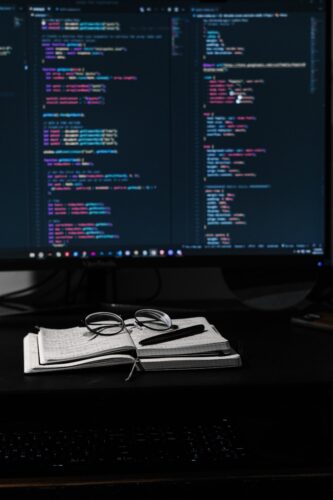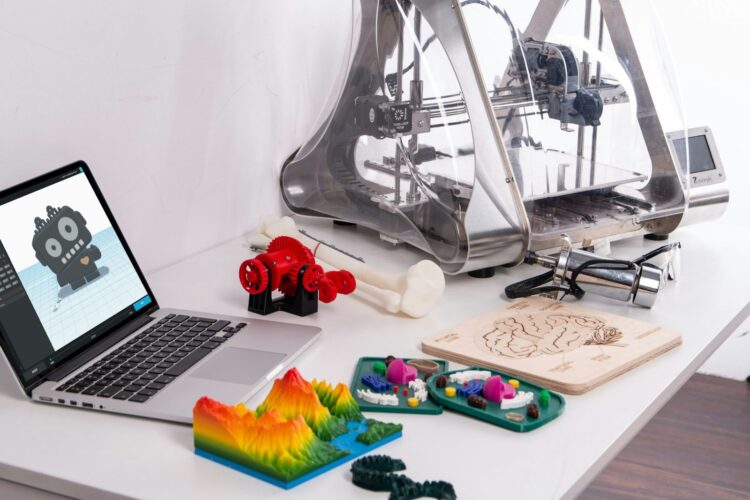Python is one of the most popular programming languages, renowned for its simplicity and versatility. It’s an excellent choice for beginners and professionals alike. Combining Python with blockchain technology opens up opportunities in various domains, including finance, supply chain, and more. This guide will walk you through learning Python and understanding blockchain technology, with clear steps and code examples.
Table of Contents
- Why Learn Python?
- Getting Started with Python
- Introduction to Blockchain Technology
- Setting Up Your Python Environment
- Basic Python Programming Concepts
- Understanding Blockchain Basics
- Implementing a Simple Blockchain in Python
- Exploring Python Libraries for Blockchain Development
- Building a Real-World Blockchain Application
- Conclusion
1. Why Learn Python?
Python’s popularity stems from its readability and ease of use. It’s a versatile language that supports multiple programming paradigms, including procedural, object-oriented, and functional programming. Python’s extensive libraries and frameworks make it an excellent choice for developing applications across various domains, including blockchain.
Benefits of Learning Python:
- Ease of Learning: Simple syntax and readability.
- Versatility: Used in web development, data analysis, artificial intelligence, and more.
- Community Support: A vast community and rich ecosystem of libraries.
2. Getting Started with Python
Before diving into blockchain, you need to set up Python and understand basic concepts.
Installation
- Download and Install Python: Visit the official Python website and download the latest version for your operating system. Follow the installation instructions.
- Set Up a Development Environment: Use an Integrated Development Environment (IDE) like PyCharm or VS Code, or an online environment like Jupyter Notebooks.
First Python Program
Here’s a simple Python program to get started:
print("Hello, World!")Save the file as hello.py and run it using the command:
python hello.py3. Introduction to Blockchain Technology
Blockchain is a decentralized ledger technology that records transactions across a network of computers. It ensures data integrity and transparency through cryptographic techniques.
Key Concepts:
- Blocks: Data structures that store transaction data.
- Chain: A sequence of blocks linked together.
- Nodes: Participants in the blockchain network.
- Consensus Mechanisms: Methods to agree on the validity of transactions.
4. Setting Up Your Python Environment
For blockchain development, install essential libraries and tools.
Installation
- Install pip: Ensure pip (Python package installer) is installed. It comes with Python by default.
- Install Flask: Flask is a web framework for Python used in blockchain development.
pip install Flask- Install Requests: A library for making HTTP requests.
pip install requests5. Basic Python Programming Concepts
Understanding these concepts is crucial before diving into blockchain:
Variables and Data Types
name = "Alice"
age = 30
is_student = TrueFunctions
def greet(name):
return f"Hello, {name}!"Classes and Objects
class Person:
def __init__(self, name, age):
self.name = name
self.age = age
def greet(self):
return f"Hello, my name is {self.name}."6. Understanding Blockchain Basics
Here’s a brief overview of how blockchain works:
- Transaction Creation: A user creates a transaction.
- Block Creation: Transactions are grouped into a block.
- Block Verification: Nodes verify the block.
- Block Addition: The block is added to the blockchain.
- Consensus: The network reaches an agreement on the validity of the block.
7. Implementing a Simple Blockchain in Python
Let’s create a basic blockchain to understand how it works.
Blockchain Code
import hashlib
import json
from time import time
class Blockchain:
def __init__(self):
self.chain = []
self.current_transactions = []
self.new_block(previous_hash='1', proof=100)
def new_block(self, proof, previous_hash=None):
block = {
'index': len(self.chain) + 1,
'timestamp': time(),
'transactions': self.current_transactions,
'proof': proof,
'previous_hash': previous_hash or self.hash(self.chain[-1]),
}
self.current_transactions = []
self.chain.append(block)
return block
def new_transaction(self, sender, recipient, amount):
self.current_transactions.append({
'sender': sender,
'recipient': recipient,
'amount': amount,
})
return self.last_block['index'] + 1
@staticmethod
def hash(block):
block_string = json.dumps(block, sort_keys=True).encode()
return hashlib.sha256(block_string).hexdigest()
@property
def last_block(self):
return self.chain[-1]8. Exploring Python Libraries for Blockchain Development
Several libraries can help with blockchain development:
Web3.py
Used for interacting with Ethereum blockchain.
pip install web3PyCryptodome
Provides cryptographic functions.
pip install pycryptodome9. Building a Real-World Blockchain Application
Let’s create a basic application using the Flask framework.
Flask Blockchain Application
from flask import Flask, jsonify, request
from blockchain import Blockchain
app = Flask(__name__)
blockchain = Blockchain()
@app.route('/transactions/new', methods=['POST'])
def new_transaction():
values = request.get_json()
required = ['sender', 'recipient', 'amount']
if not all(k in values for k in required):
return 'Missing values', 400
index = blockchain.new_transaction(values['sender'], values['recipient'], values['amount'])
return jsonify({'message': f'Transaction will be added to Block {index}'}), 201
@app.route('/mine', methods=['GET'])
def mine():
last_block = blockchain.last_block
proof = blockchain.proof_of_work(last_block['proof'])
blockchain.new_transaction(
sender="0",
recipient="node_address",
amount=1,
)
previous_hash = blockchain.hash(last_block)
block = blockchain.new_block(proof, previous_hash)
response = {
'message': 'New Block Forged',
'index': block['index'],
'transactions': block['transactions'],
'proof': block['proof'],
'previous_hash': block['previous_hash'],
}
return jsonify(response), 200
@app.route('/chain', methods=['GET'])
def full_chain():
response = {
'chain': blockchain.chain,
'length': len(blockchain.chain),
}
return jsonify(response), 200
if __name__ == '__main__':
app.run(host='0.0.0.0', port=5000)10. Conclusion
Learning Python and understanding blockchain technology provides a strong foundation for entering the tech industry. By following this guide, you’ve gained essential knowledge in Python programming and blockchain development. Continue exploring more advanced topics and real-world applications to deepen your expertise.













